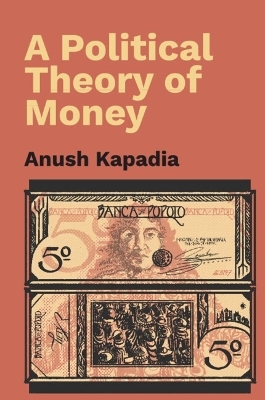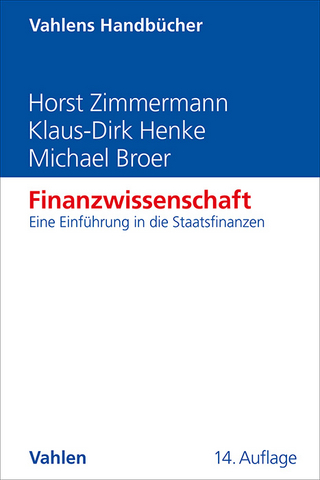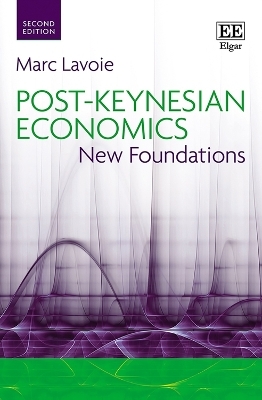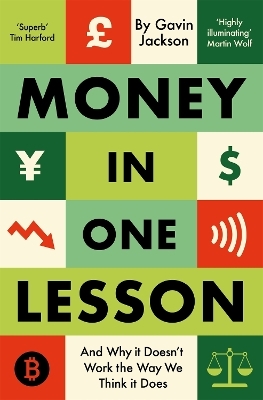
A Political Theory of Money
Cambridge University Press (Verlag)
978-1-009-33143-2 (ISBN)
Understanding money's nature as political, institutional, and material answers today's big money questions. Money remains a foundational question of social theory. What is money? Why does something so insubstantial have value? How do money systems make promises function like valuable things? Why are money systems always hierarchical yet variable? The answer, the book argues, is politics. Money is institutionalised social power. Politics generates institutions that differentially lock into the future product of political and economic collectives. Money emerges from the institutionalisation of social antagonisms to encapsulate a collective's productive potential in a flexible, tradable instrument. This takes a system. Money is built in hierarchical layers out of the inherently variable material of politics and at various economic scales. This book outlines these variable processes theoretically and through case studies.
Anush Kapadia is Associate Professor of Economics in the Department of Humanities and Social Sciences at the Indian Institute of Technology, Bombay. He works on the politics of financial systems and his research interests are Sociology and political economy of finance, Political economy of development, Indian political economy, Theories of money, Classical political economy, New and old Institutionalism and History of economic thought. He has conducted both theoretical and empirical work in case studies covering Indian bond markets, the US shadow-banking system, the EU, and the global reserve system.
Acknowledgements; Part I. 1. Money anchored to the future; 2. The money fetish: making promises into things; 3. Bending not breaking: monetary sovereignty and the survival constraint; 4. Mystical kernel within the rational shell: the Banking School's residual Chartalism; 5. Between currency and credit: Mehrling's money view; 6. There is no such thing as fiat money; 7. Coherence: why money is not value; Part II. 8. National Money vs Shadow Banking: contradictions of a public-private credit system; 9. A world without world money; 10. Proof of institutions: cryptocurrencies as digital fiat money; 11. Europe and democratic funding; 12. Democratic sovereignty makes money; References; Index.
| Erscheinungsdatum | 05.01.2024 |
|---|---|
| Zusatzinfo | Worked examples or Exercises |
| Verlagsort | Cambridge |
| Sprache | englisch |
| Maße | 158 x 236 mm |
| Gewicht | 490 g |
| Themenwelt | Wirtschaft ► Volkswirtschaftslehre ► Finanzwissenschaft |
| Wirtschaft ► Volkswirtschaftslehre ► Wirtschaftspolitik | |
| ISBN-10 | 1-009-33143-4 / 1009331434 |
| ISBN-13 | 978-1-009-33143-2 / 9781009331432 |
| Zustand | Neuware |
| Haben Sie eine Frage zum Produkt? |
aus dem Bereich


